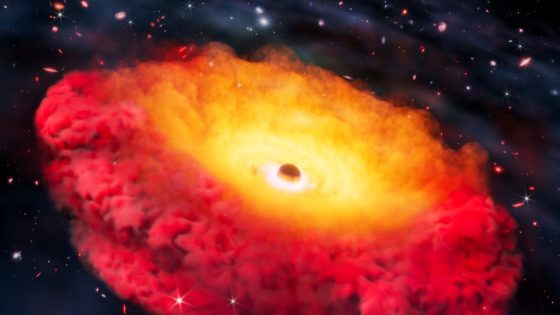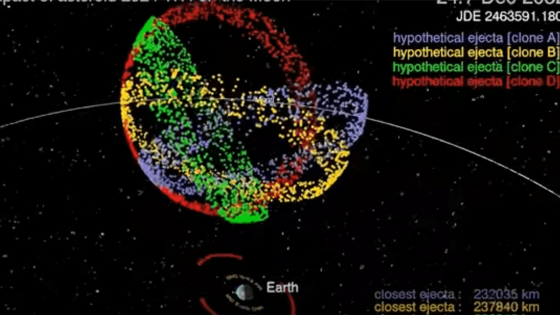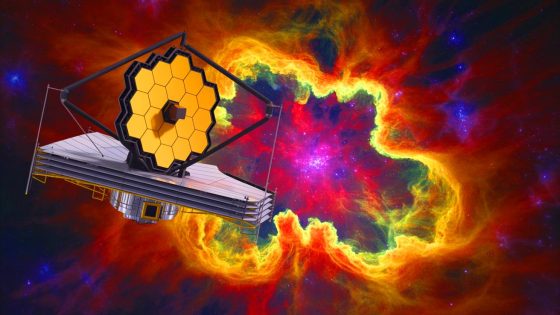Astronomers are making significant strides in understanding black holes through the power of spectroscopy. This technique allows scientists to detect the rapid movement of gas around these cosmic giants, revealing their hidden behaviors. On August 8, 2025, a groundbreaking study confirmed the oldest black hole identified using spectroscopy, shedding light on its formation and the galaxy it inhabits.
- Spectroscopy reveals signs of celestial objects.
- Black holes accelerate gas to extreme velocities.
- Oldest confirmed black hole identified via spectroscopy.
- "Little Red Dots" are compact, bright galaxies.
- James Webb Space Telescope discovered these galaxies.
- Future studies aim to find older black holes.
Co-author Steven Finkelstein, a professor at the University of Texas at Austin, emphasizes the importance of detecting gas moving at astonishing speeds of up to 3,000 kilometers per second. These velocities are unique to black holes, providing clear evidence of their presence. The newly discovered black hole resides in a galaxy known as CAPERS-LRD-z9, part of a class dubbed “Little Red Dots,” which are compact and emit striking red wavelengths.
What makes these Little Red Dots intriguing is their potential prevalence in the early universe. As researchers continue to study CAPERS-LRD-z9, they hope to uncover the origins of these galaxies and the mechanisms behind their distinct coloration.
This discovery raises essential questions about the early universe and the formation of black holes. How did such a massive black hole develop so early in cosmic history? The findings may lead to a deeper understanding of black hole evolution and the characteristics of their host galaxies. Key points include:
- Black holes exhibit gas velocities up to 3,000 kilometers per second.
- Little Red Dots may be more common in the early universe.
- CAPERS-LRD-z9 offers clues about black hole and galaxy formation.
As astronomers continue to explore the universe, each finding brings US closer to unraveling the mysteries of black holes and their formation, paving the way for future discoveries.

































